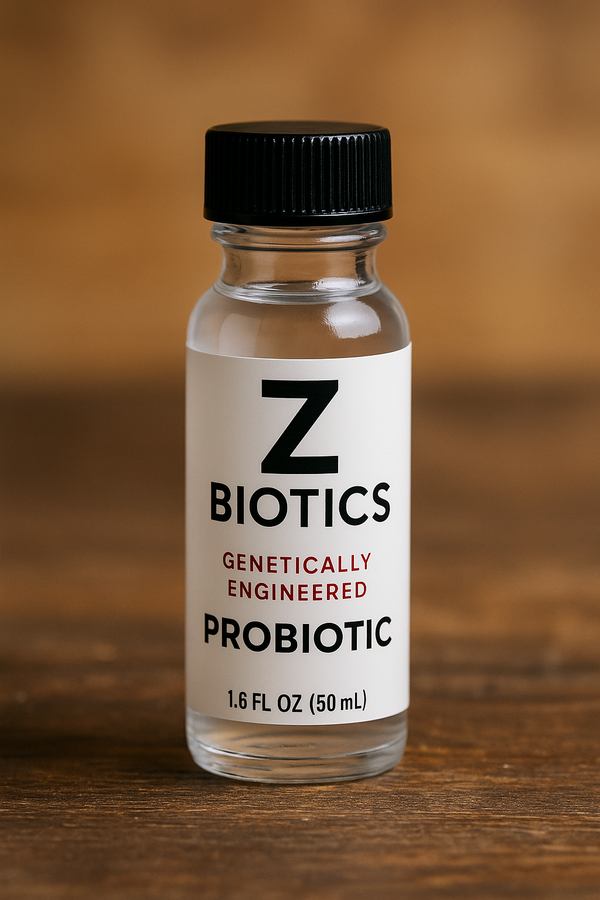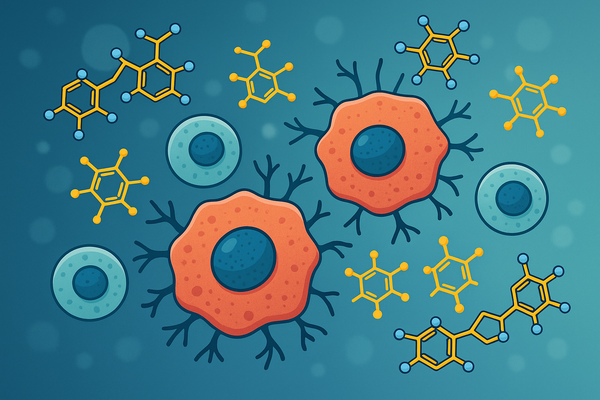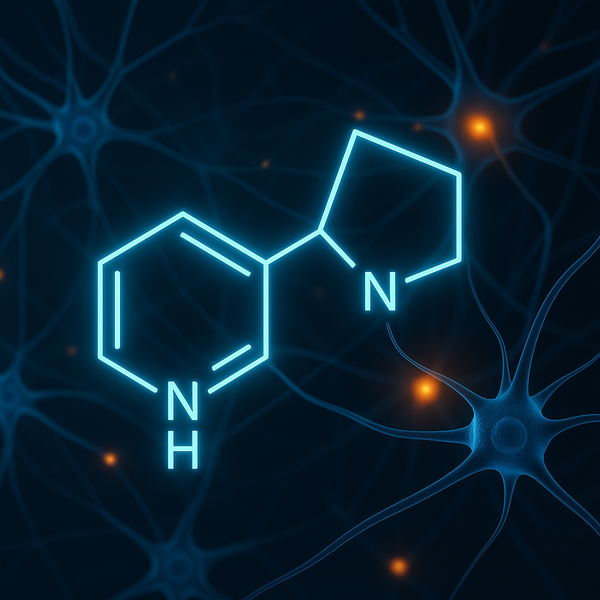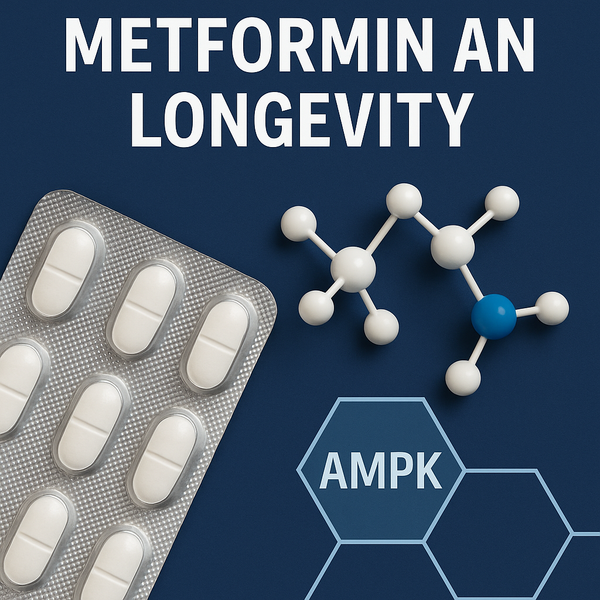Astaxanthin and Longevity: The Antioxidant That Redefines Cellular Resilience
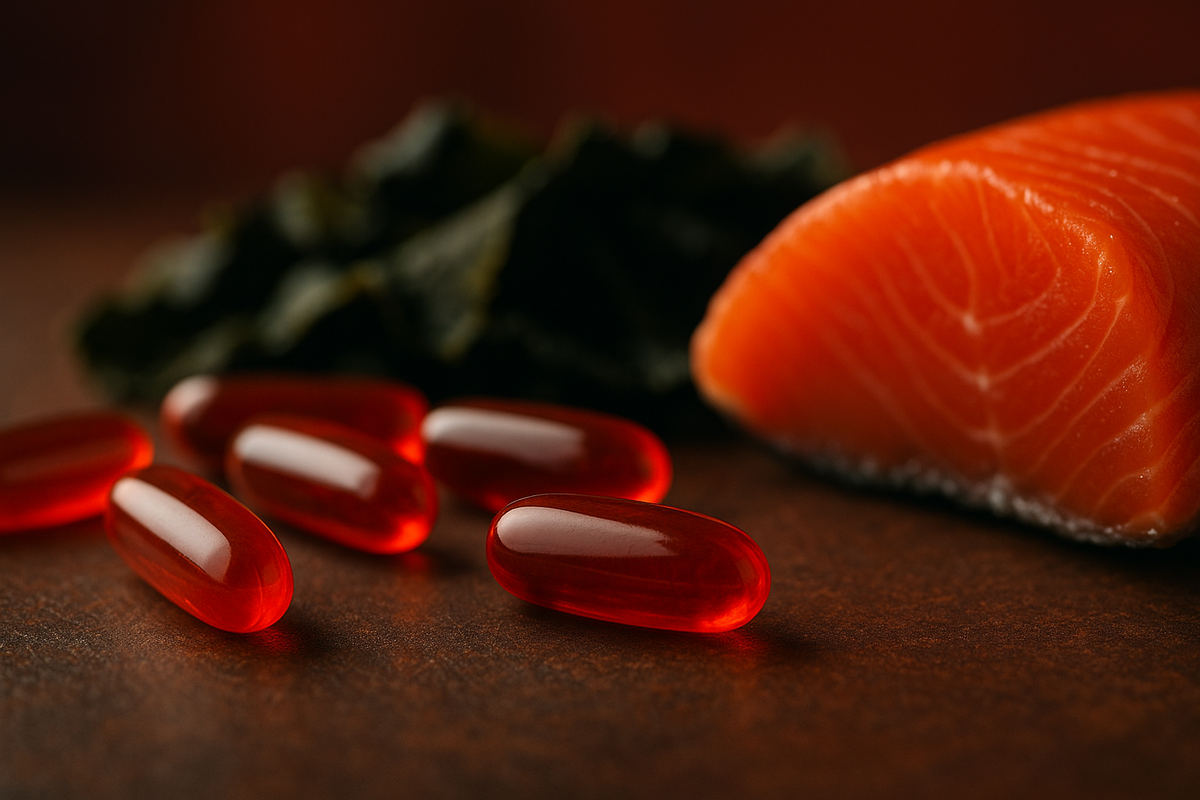
Astaxanthin is one of nature’s most potent antioxidants, a deep red carotenoid pigment found in algae, salmon, krill, and flamingos—the reason for their vibrant color. Yet beyond its hue, astaxanthin has gained attention in longevity science for its extraordinary ability to protect cells from oxidative damage, inflammation, and mitochondrial decline—all hallmarks of aging.
Mechanisms of Action: Antioxidant Defense Beyond Beta-Carotene
Astaxanthin belongs to the xanthophyll subclass of carotenoids, but unlike beta-carotene or lycopene, it has a unique molecular structure that allows it to integrate into both the inner and outer layers of cell membranes. This dual placement means it can neutralize free radicals across the entire lipid bilayer, offering a broader range of protection.
It is up to 6,000 times stronger than vitamin C, 800 times more potent than CoQ10, and 550 times stronger than vitamin E in combating singlet oxygen species. This potent antioxidant activity has been shown to reduce lipid peroxidation—one of the primary mechanisms of cellular aging
Astaxanthin’s structure also allows it to protect mitochondrial membranes directly, reducing oxidative damage at the energy-producing core of the cell. Studies have demonstrated that it can improve mitochondrial function, preserve ATP levels, and reduce oxidative stress even under conditions of metabolic strain.
Cellular Protection and Anti-Inflammatory Benefits
Beyond scavenging reactive oxygen species (ROS), astaxanthin exerts anti-inflammatory effects through downregulation of the NF-κB signaling pathway and inhibition of COX-2 enzymes—both major contributors to chronic inflammation. This is particularly relevant in age-related diseases like cardiovascular disorders, neurodegeneration, and metabolic dysfunction.
It also boosts Nrf2 activation, a key transcription factor that triggers the expression of endogenous antioxidant enzymes like superoxide dismutase (SOD), catalase, and glutathione peroxidase. This creates a feedback loop of cellular resilience—enhancing both the body’s internal and external defense systems.
Neuroprotective and Cognitive Effects
Astaxanthin’s ability to cross the blood-brain barrier makes it especially valuable for brain health. Clinical trials have shown improvements in memory, reaction time, and cognitive endurance in adults supplementing with astaxanthin for 8–12 weeks.
Animal studies also indicate it reduces beta-amyloid accumulation, the hallmark of Alzheimer’s pathology, and protects dopaminergic neurons—making it a potential ally in Parkinson’s and age-related cognitive decline.
Cardio Metabolic and Skin Longevity Benefits
Astaxanthin also influences metabolic and cardiovascular health by reducing LDL oxidation, improving HDL levels, and enhancing endothelial function. Its impact on mitochondrial efficiency may also support glucose metabolism and reduce insulin resistance.
On the skin level, astaxanthin mitigates UV-induced DNA damage, improves elasticity, and reduces wrinkle formation through collagen preservation. Its systemic and topical effects have made it a common component in both longevity and dermatological formulations.
Dosage and Synergy
Typical studied doses range from 4 mg to 12 mg daily, though higher doses have been used safely in human trials. Astaxanthin is fat-soluble, meaning absorption increases when taken with dietary fats or omega-3s.
It synergizes with compounds like CoQ10, tocotrienols, and omega-3 fatty acids, reinforcing mitochondrial resilience and redox balance. Together, they form a biochemical network that supports cellular energy, membrane stability, and reduced oxidative load—core pillars of longevity biology.
Conclusion
Astaxanthin’s unique molecular design enables it to bridge internal and external antioxidant defenses like few other compounds can. Its ability to stabilize membranes, enhance mitochondrial efficiency, modulate inflammation, and cross the blood-brain barrier positions it as a cornerstone nutrient in the evolving science of healthy aging.
Sources
- Ambati RR et al. Marine Drugs (2014). “Astaxanthin: Sources, Extraction, Stability, Biological Activities and Its Commercial Applications.”
- Fassett RG, Coombes JS. Molecules (2011). “Astaxanthin: A Potential Therapeutic Agent in Cardiovascular Disease.”
- Grimmig B et al. GeroScience (2017). “Astaxanthin Mitigates Oxidative Damage in Neurodegeneration.”
- Park JS et al. Nutrition & Metabolism (2010). “Astaxanthin Decreases Oxidative Stress and Inflammation in Healthy Humans.”
- Hussein G et al. Biological & Pharmaceutical Bulletin (2006). “Astaxanthin Improves Mitochondrial Function and Reduces Lipid Peroxidation.”
